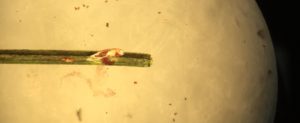
Monitor Pine Needle Scales
Pine needle scales are relatively easy to find and to monitor for crawler activity. Stare at the needles of …



El inglés es el idioma de control de esta página. En la medida en que haya algún conflicto entre la traducción al inglés y la traducción, el inglés prevalece.
Al hacer clic en el enlace de traducción se activa un servicio de traducción gratuito para convertir la página al español. Al igual que con cualquier traducción por Internet, la conversión no es sensible al contexto y puede que no traduzca el texto en su significado original. NC State Extension no garantiza la exactitud del texto traducido. Por favor, tenga en cuenta que algunas aplicaciones y/o servicios pueden no funcionar como se espera cuando se traducen.
Inglês é o idioma de controle desta página. Na medida que haja algum conflito entre o texto original em Inglês e a tradução, o Inglês prevalece.
Ao clicar no link de tradução, um serviço gratuito de tradução será ativado para converter a página para o Português. Como em qualquer tradução pela internet, a conversão não é sensivel ao contexto e pode não ocorrer a tradução para o significado orginal. O serviço de Extensão da Carolina do Norte (NC State Extension) não garante a exatidão do texto traduzido. Por favor, observe que algumas funções ou serviços podem não funcionar como esperado após a tradução.
English is the controlling language of this page. To the extent there is any conflict between the English text and the translation, English controls.
Clicking on the translation link activates a free translation service to convert the page to Spanish. As with any Internet translation, the conversion is not context-sensitive and may not translate the text to its original meaning. NC State Extension does not guarantee the accuracy of the translated text. Please note that some applications and/or services may not function as expected when translated.
Collapse ▲
Pine needle scales are relatively easy to find and to monitor for crawler activity. Stare at the needles of …

A team of University and Extension personnel from around the Southeast has created the 2017 Southeastern US Pest Control …

Dr. Matthew Jeffries has received a Musser International Turfgrass Foundation Award of Excellence for 2017. These annual awards are presented …
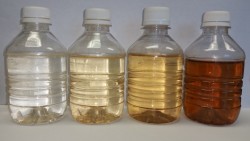
Floodwaters can contain debris that can damage drinking water wells and cause them to become contaminated with chemicals and …
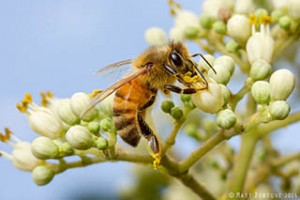
Barely a day goes by when Zika virus is not in the news headlines. As of August 31st 2016, …
Re-posted from ecoipm.org: A couple years ago I began warning about a new pest that was spreading throughout crape myrtle …

If you’ve been outdoors working or jogging or horseback riding along tree-lined trails, you’ve probably had the misfortune of …

8/4/2022 – The Eastern Broccoli Project is now wrapping up its 12th and final year of research and extension …
The current wet weather pattern across much of the east coast will have an effect on disease pressure over …
Just a short post here to announce the arrival of azalea caterpillars for this year. Azalea caterpillars, Datana major, …
Granulate ambrosia beetles are primary pests of nurseries in spring. However, it seems like every year folks report ambrosia …
Originally posted on ecoipm.org Last week I wrote a post about recent research by Don Cipollini and Chad Rigsby at …
Maybe you have already found the relatively new (at least to me) Extension Resource Catalog. This is a huge …
Originally posted on ecoIPM.org. Mimosa webworms are active in Raleigh. I saw initial webbing this week. These are annual pests …
Originally posted on ecoIPM.org Every year around this time I get calls and emails from homeowners and landscapers who notice …
Originally posted on ecoIPM.org It seems like everything is labeled ‘next generation’ or ‘second generation’ to imply a better, more …
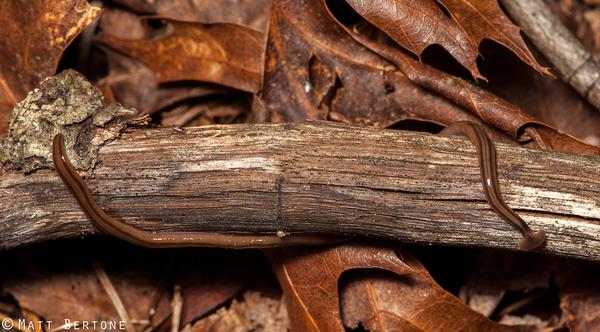
This factsheet offers information on the identification and management of various flatworms that may be …
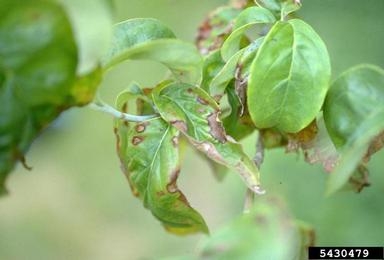
This fact sheet compiles common disease of dogwood trees (Cornaceae) in North Carolina. It contains …
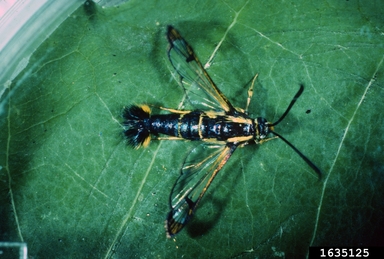
This fact sheet compiles common arthropod pests of dogwood trees (Cornaceae) in North Carolina. It …
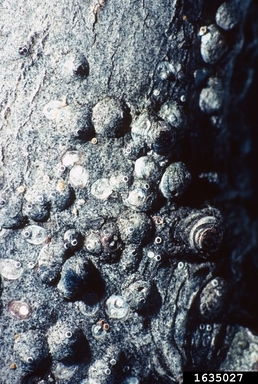
This factsheet provides brief descriptions of common insect pests of maple (Acer spp.) in North …
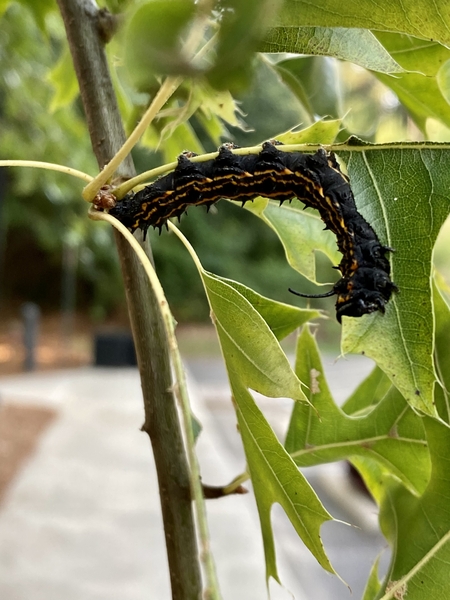
This factsheet provides brief descriptions of common insect pests of oak (Quercus spp.) in North …
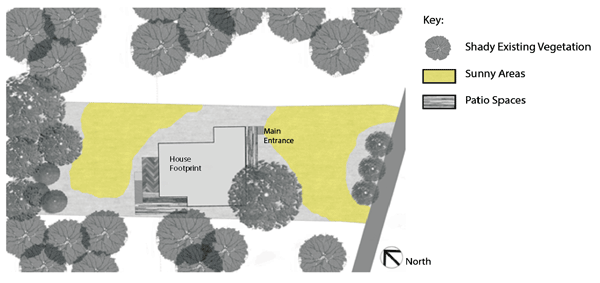
This publication provides three examples of edible landscape designs for incorporating edible components into a …
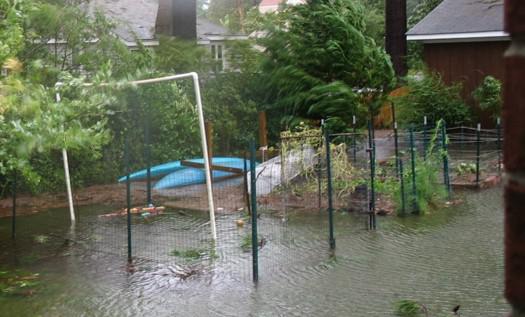
This publication discusses how floods can affect food gardens. In it, you'll find recommendations for …
Much success in growing tomatoes can be attributed to use of a few proven techniques. …